- Blog
- DroidAfrica
- Xiaomi
- Xiaomi Mi 9 Pro 5G
Xiaomi Mi 9 Pro 5G
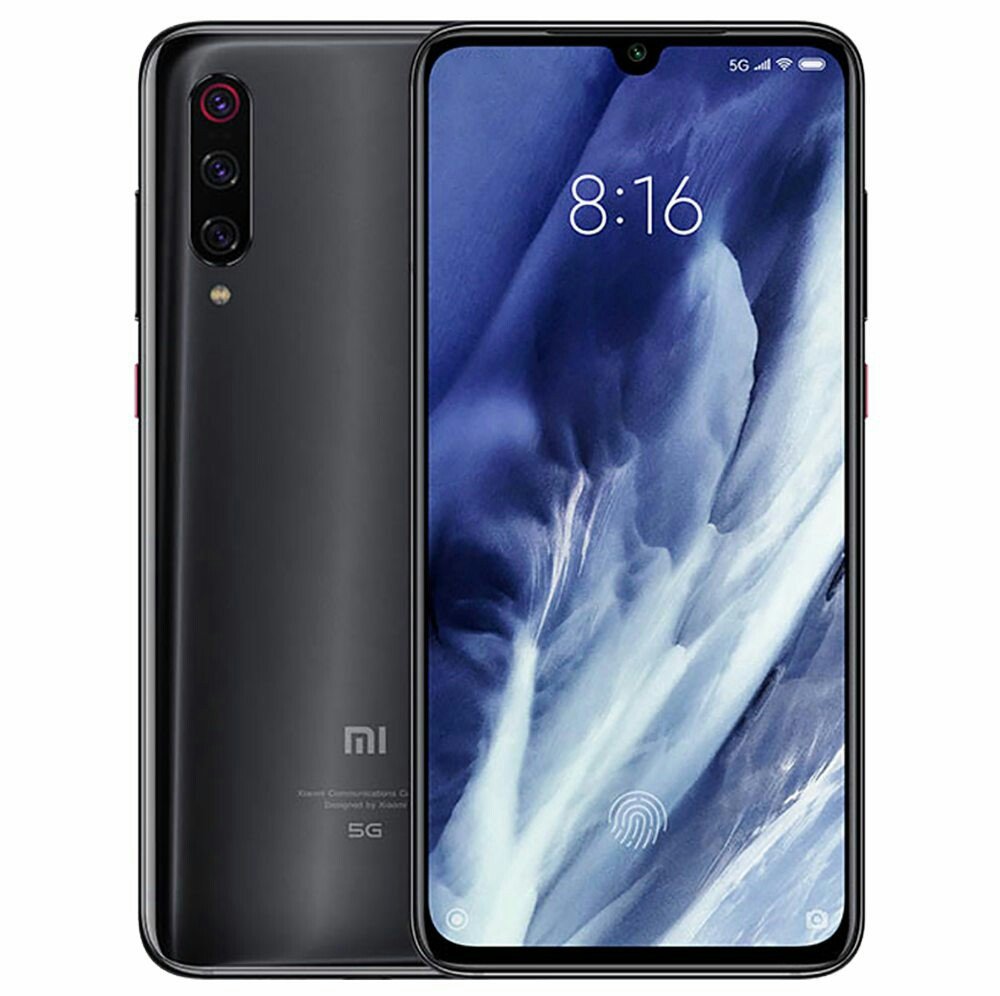
Xiaomi Mi 9 Pro 5G Highlights and Overview
The Mi 9 Pro 5G is Xiaomi’s first attempt into the world of 5G enabled smartphones. The device comes with almost similar specifications and designed of the standard Mi 9 Pro, except for the presence of 5G Network modem, and of course, the price. So you are getting same Snapdragon 855+, along with same triple rear camera setup. It comes with a 6.39-inch Full HD+ Super AMOLED display with Corning Gorilla Glass 6 protection, and an overhead notch for the front facing camera.
As mentioned above, the Mi 9 Pro 5G comes with Snapdragon 855+ SoC, an Octa-core CPU clocked at 2.96GHz, along with Adreno 640 GPU, 8/12 GB of RAM, 128/256/512 GB internal storage, and runs Android 10 with MIUI 11 out of the box. The camera department consists of a triple rear sensors, and a single front-mounted sensor, which includes;
- A large 48-megapixel Sony IMX586 sensor with Laser Autofocus, Phase Detection Auto focus (PDAF) and Contrast Detection Autofocus (CAF), closed-loop Voice Coil Motor (VCM) for improved auto-focusing,
- A 12-megapixel Samsung S5K3M5 telephoto camera for 2x lossless zoom
- A 16-megapixel Sony IMX481 with 117-degree ultra-wide angle LENS and
- A 20MP front-facing AI-powered sensor
The Mi 9 Pro 5G features optical in-display fingerprint sensor that is equivalent to a 5μm macro camera, which is several times higher than the traditional capacitive fingerprint sensor. The back uses nano-level laser engraving holographic technology and dual layer nano coating that offers unique colors when light is reflected against, and also has Corning Gorilla Glass 6 protection.
It packs a 4000mAh battery and has support for 40W fast charging as well as Xiaomi’s first 30W wireless fast charging. Other specifications and silent features of the Xiaomi Mi 9 Pro 5G are detailed in the specification table below.
Xiaomi Mi 9 Pro 5G Full Specifications and Features
NETWORK
| Technology | GSM / CDMA / HSPA / LTE / 5G |
| 2G Network Bands |
GSM 850 / 900 / 1800 / 1900 - SIM 1 & SIM 2 (dual-SIM model only) CDMA 800 & TD-SCDMA |
| 3G Network Bands |
HSDPA 850 / 900 / 1900 / 2100 CDMA2000 1xEV-DO |
| 4G Network Bands | LTE band 1(2100), 2(1900), 3(1800), 4(1700/2100), 5(850), 7(2600), 8(900), 12(700), 17(700), 41(2500) |
| 5G Network Bands | 5G SA / NSA / Sub6 / mmWave; N41/N78/N79 |
| Speed | HSPA 42.2/5.76 Mbps, LTE-A (7CA) Cat20 2048/150 Mbps, 5G (2+ Gbps DL) |
LAUNCH
| Also Known As |
- - |
BODY
| Dimensions | 157.2 x 74.6 x 8.5 mm |
| Weight | 196 g |
| Build | Front/Back glass (Gorilla Glass 6), aluminum frame (7000 series) |
| SIM Type | Dual SIM (Nano-SIM, dual stand-by) |
DISPLAY
| Display Type | Super AMOLED capacitive touchscreen, 16M colors |
| Size | 6.39 inches, 100.2 cm2 (~85.2% screen-to-body ratio) |
| Resolution | 1080 x 2340 pixels, 19.5:9 ratio (~403 ppi density) |
PLATFORM
| Operating System | Android 10; MIUI 11 |
| Chipset | Qualcomm SDM855 Snapdragon 855+ (7 nm) |
| CPU | Octa-core (1x2.96 GHz Kryo 485 & 3x2.42 GHz Kryo 485 & 4x1.8 GHz Kryo 485) |
| GPU | Qualcomm Adreno 640 (700 MHz) |
MEMORY
| RAM + ROM | 8/12 GB |
| Card Slot | Yes, up to 1TB via microSD card (uses SIM 2 slot) |
MAIN CAMERA
| Camera Type | Triple Lenses |
| Camera Sensor(s) | 48MP + 12 MP + 16 MP main camera |
| Camera Features |
Autofocus Continuous shooting Digital zoom Optical zoom Digital image stabilization Geotagging Panorama HDR Touch focus Face detection White balance settings ISO settings Exposure compensation Self-timer Scene mode Macro mode RAW Sensor size - 1/2" Pixel size - 1.6 μm (4-in-1 pixel binning) Phase detection Laser autofocus Contrast autofocus Sapphire crystal glass lens cover 6-element lens Focal length (35 mm equivalent) - 27 mm 1080p @ 960 fps 720p @ 960 fps Secondary rear camera - 12 MP (telephoto) Sensor model - Samsung S5K3M5 (#2) Sensor type - ISOCELL (#2) Sensor size - 1/3.4" (#2) Pixel size - 1.0 μm (#2) Aperture size - f/2.2 (#2) 6-element lens (#2) Focal length (35 mm equivalent) - 51 mm (#2) Third rear camera - 16 MP (ultra-wide angle) Sensor model - Sony IMX481 Exmor RS (#3) Sensor size - 1/3" (#3) Pixel size - 1.0 μm (#3) Aperture size - f/2.2 (#3) 6-element lens (#3) Focal length (35 mm equivalent) - 17 mm (#3) Angle of view - 117° (#3) |
| Video Resolution | 2160p@30/60fps, 1080p@30, 1080@120fps, 1080p@240fps, 1080p@960fps |
SELFIE CAMERA
| Camera Type | Single Lens |
| Camera Sensor(s) | 20-megapixel |
| Camera Features |
f/2.0 aperture 1/4" Pixel Size, 1.0µm, Autofocus |
| Video Resolution | 1080p@30fps |
SOUND
| Loudspeaker | Yes |
| Speaker Location | Chin, below display |
| Audio Jack Type | No. Uses USB Type-C Connector |
CONNECTIVITY
| Bluetooth | Bluetooth 5.0, A2DP, LE, aptX HD |
| NFC | |
| GPS | Yes, with dual-band A-GPS, GLONASS, BDS, GALILEO, QZSS |
| FM Radio | No |
BATTERY
| Battery Capacity | Non-removable Li-Po 4000 mAh battery |
| Wireless Charging | Yes, Fast wireless charging 30W |
| Talk Time Talk Time is the longest time that a single battery charge will last when you are constantly talking on the phone under perfect conditions, Ambient temperature and highly dependent on the cellular network environment such as the distance to the closest cell network tower. | Up to 34 hours |
| Stand-by | Up to 680 hours |
OTHER FEATURES
| Sensors | Fingerprint (side-mounted), accelerometer, proximity, compass |
| Box Contents | Charging Brick / USB cable |
Xiaomi Mi 9 Pro 5G User Reviews and Opinions
Disclaimer Note
This specification was entered manually, hence we CANNOT guarantee 100% accuracy. Any error? Let us know in the comment section.






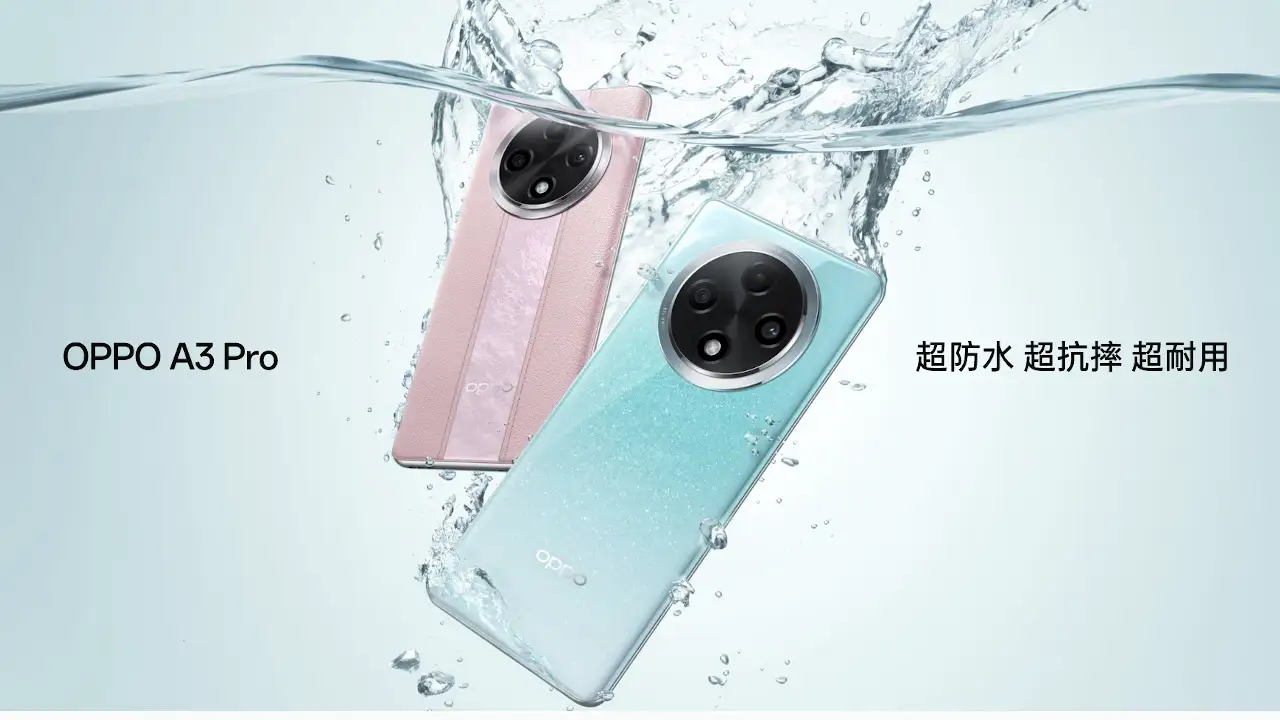

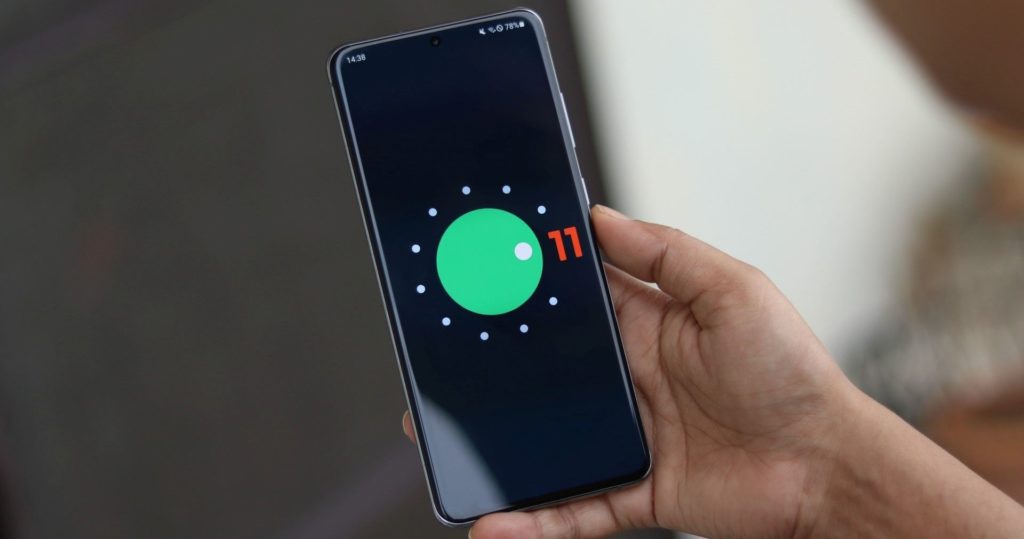
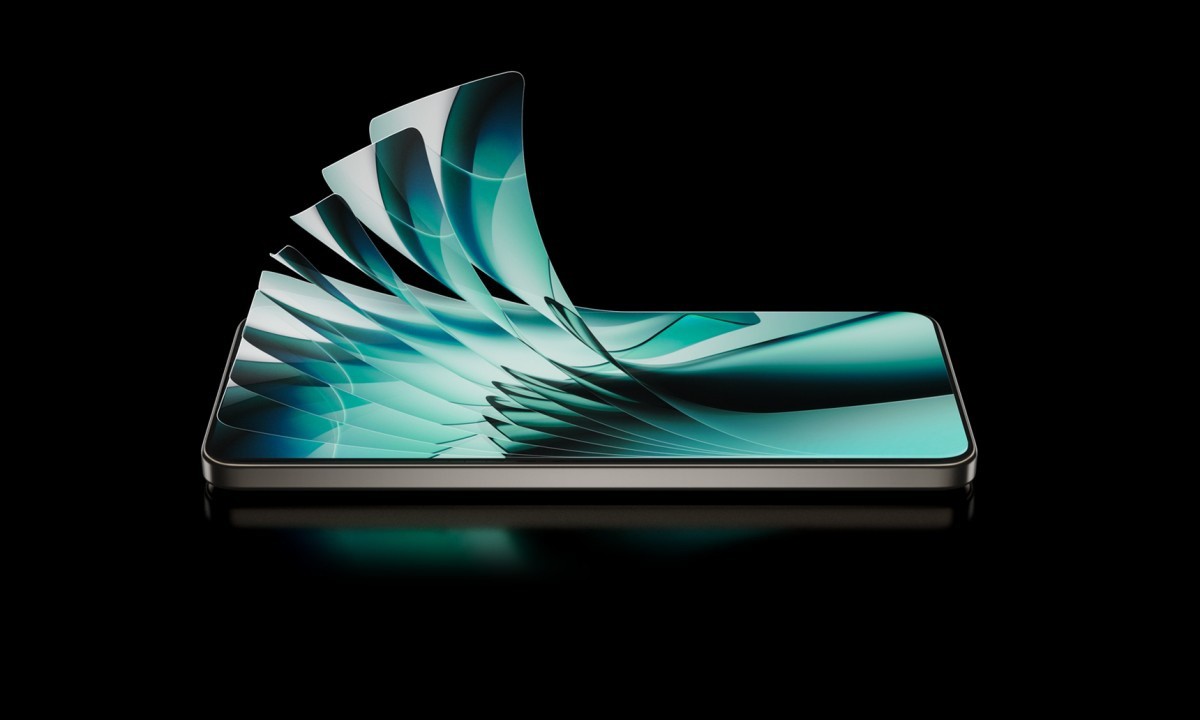
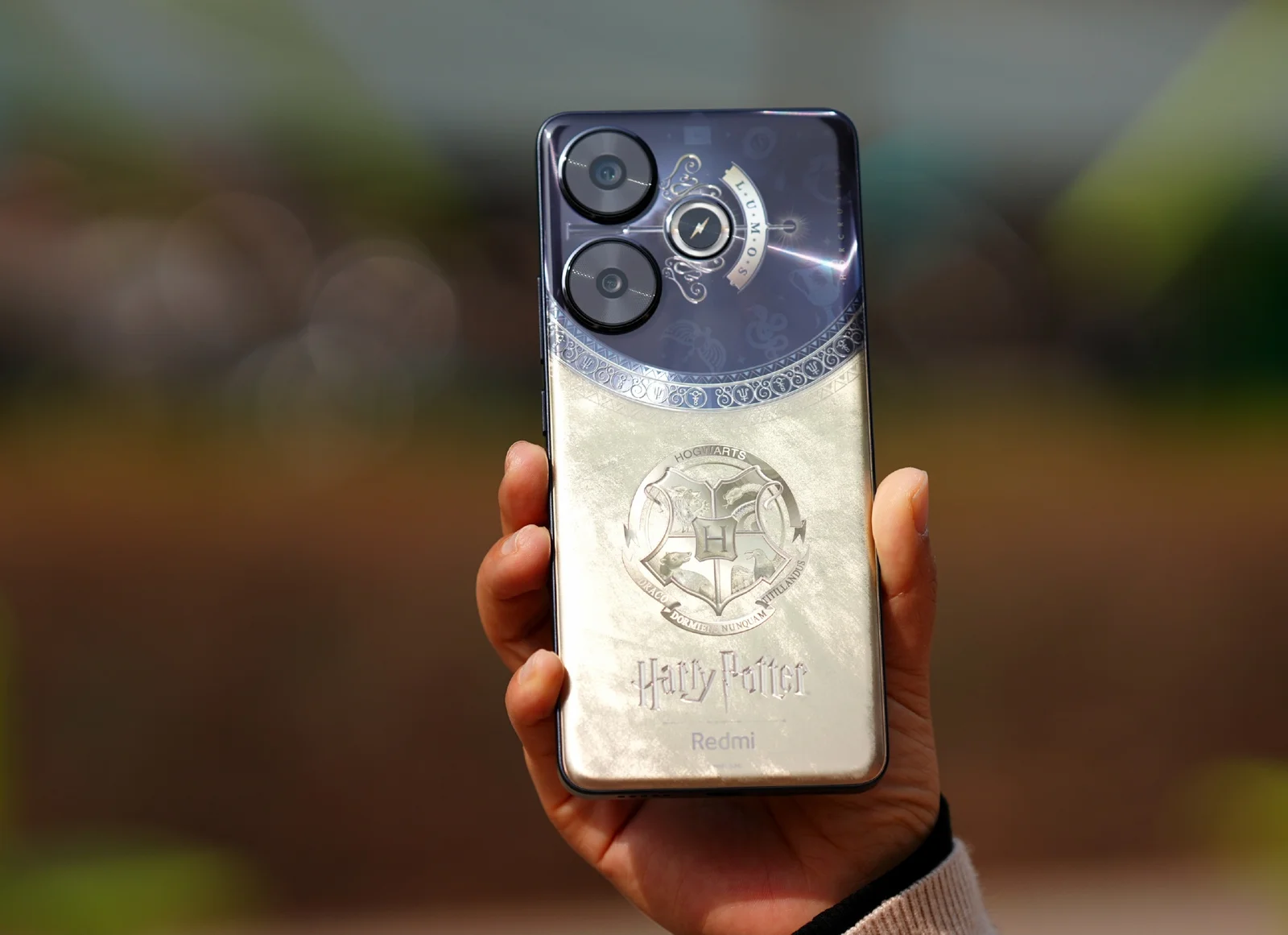
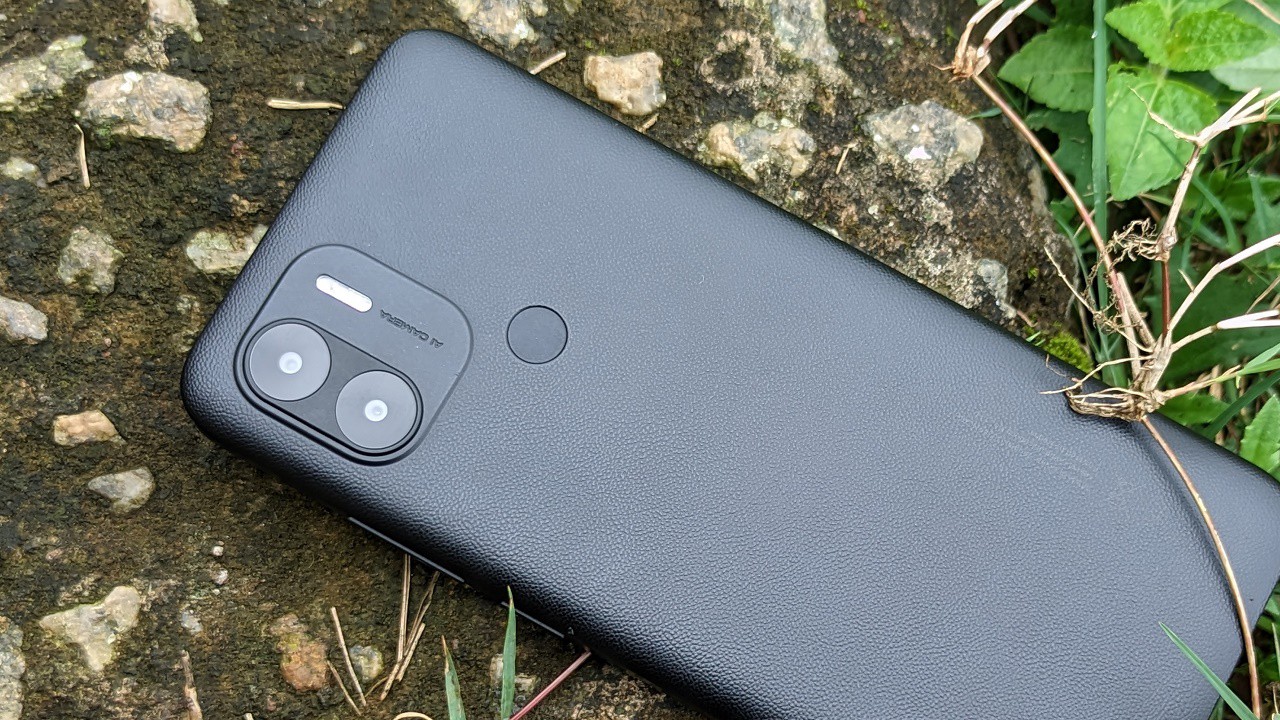
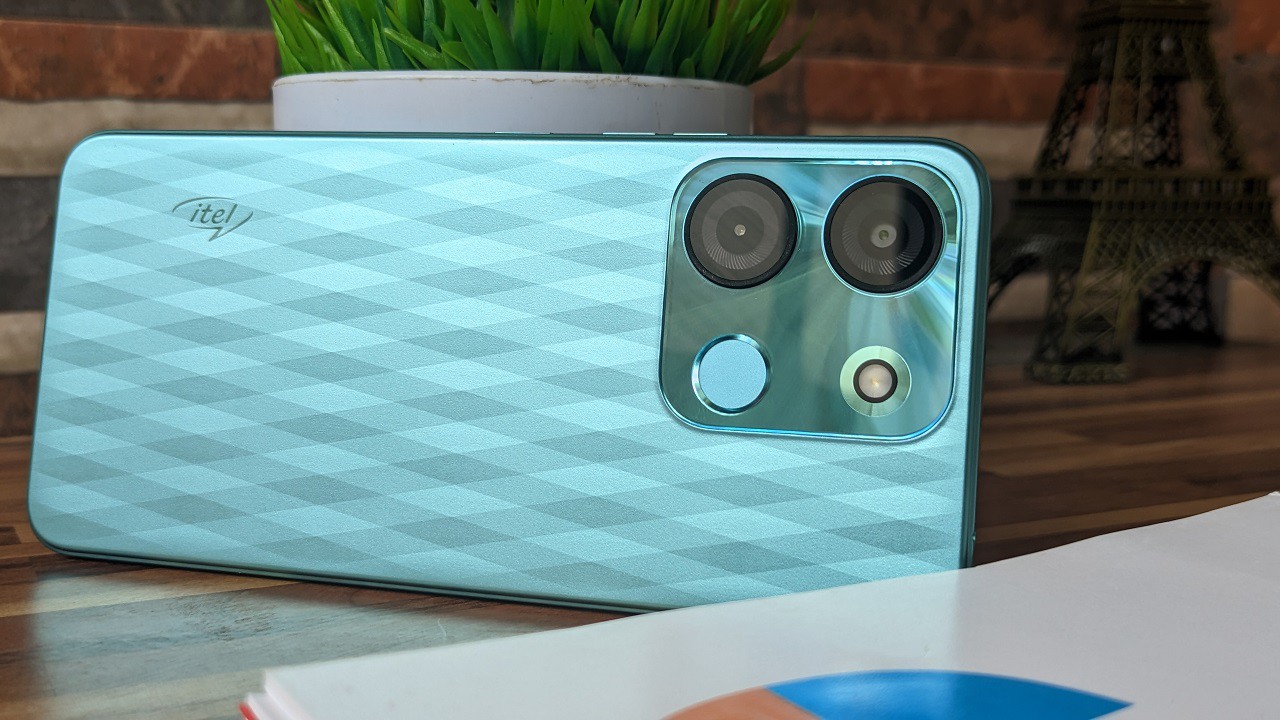
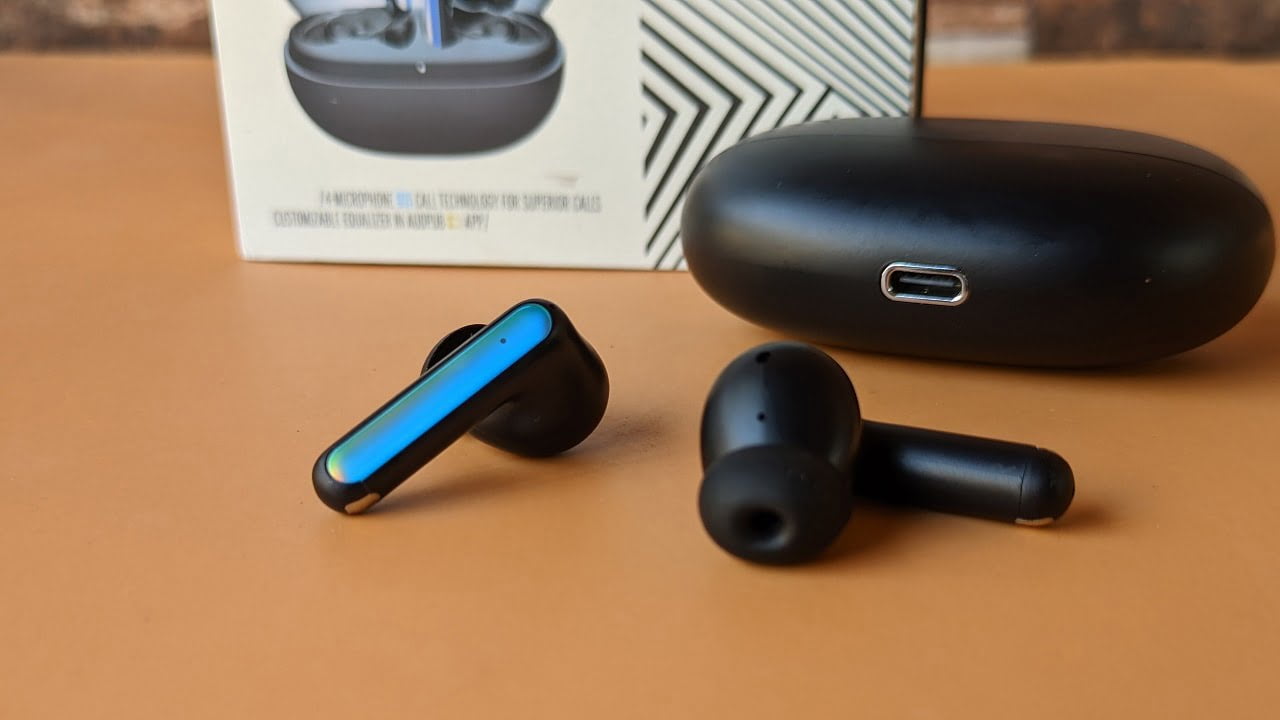
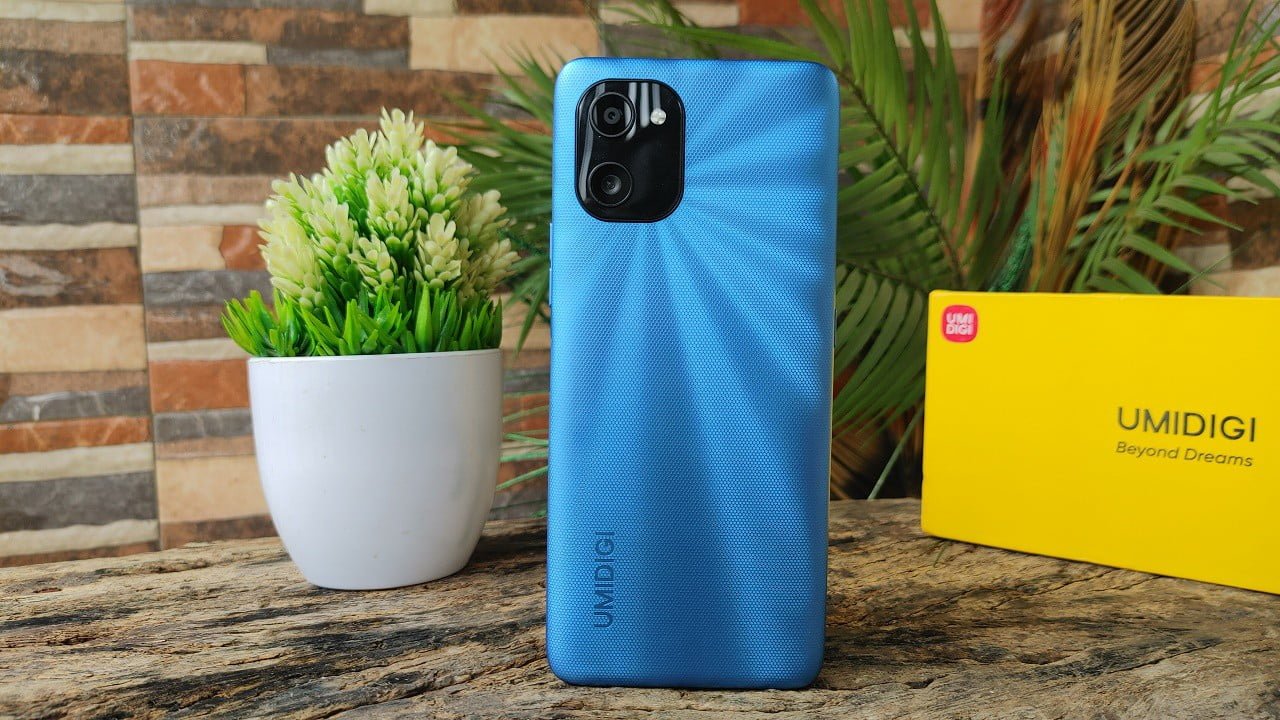
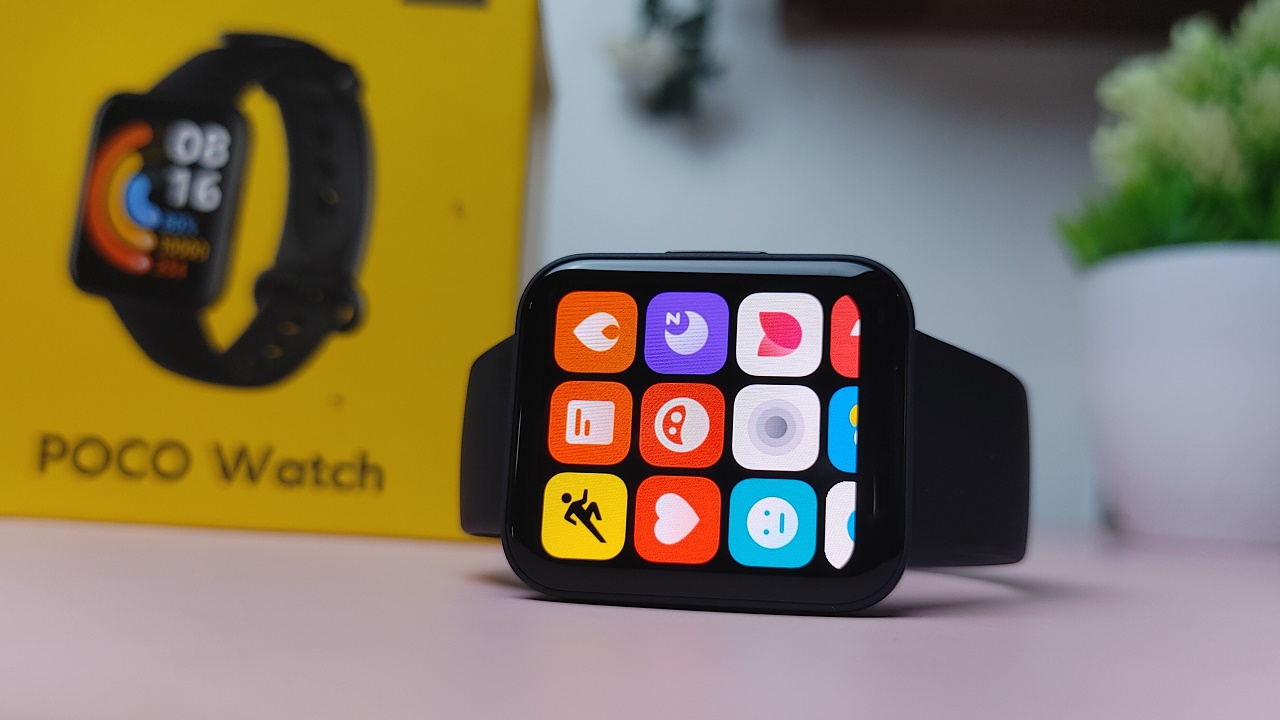
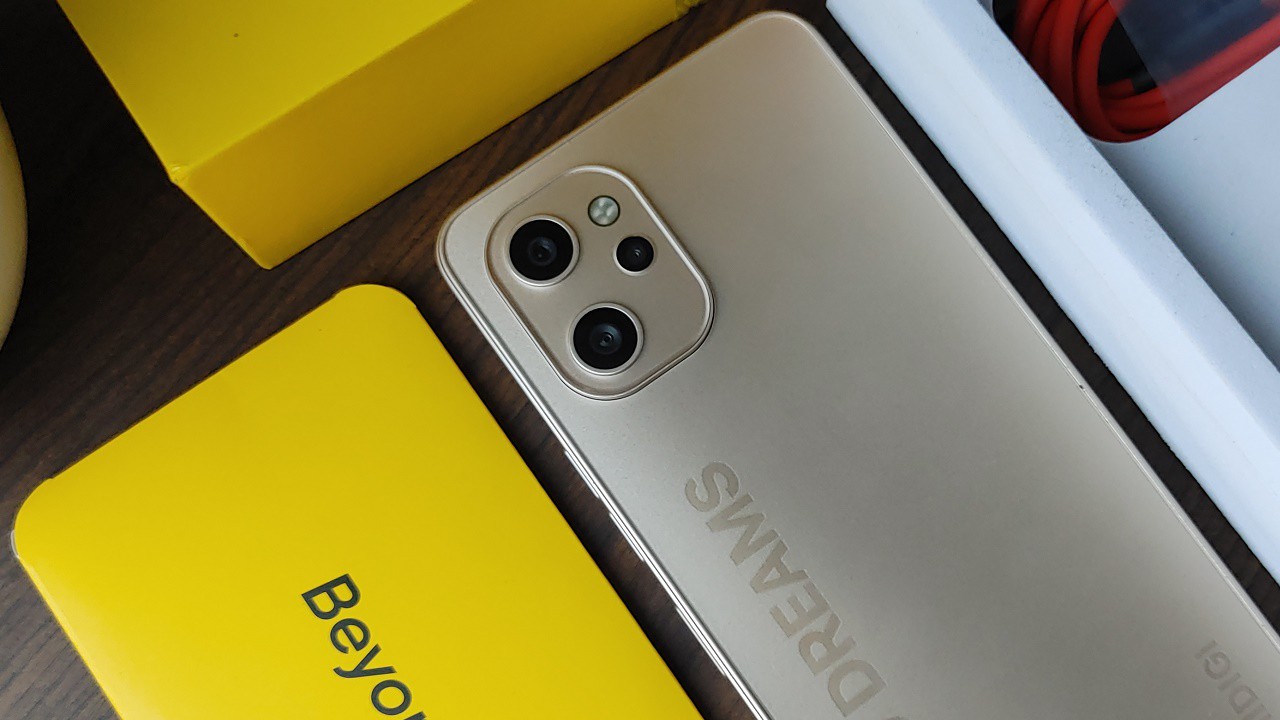
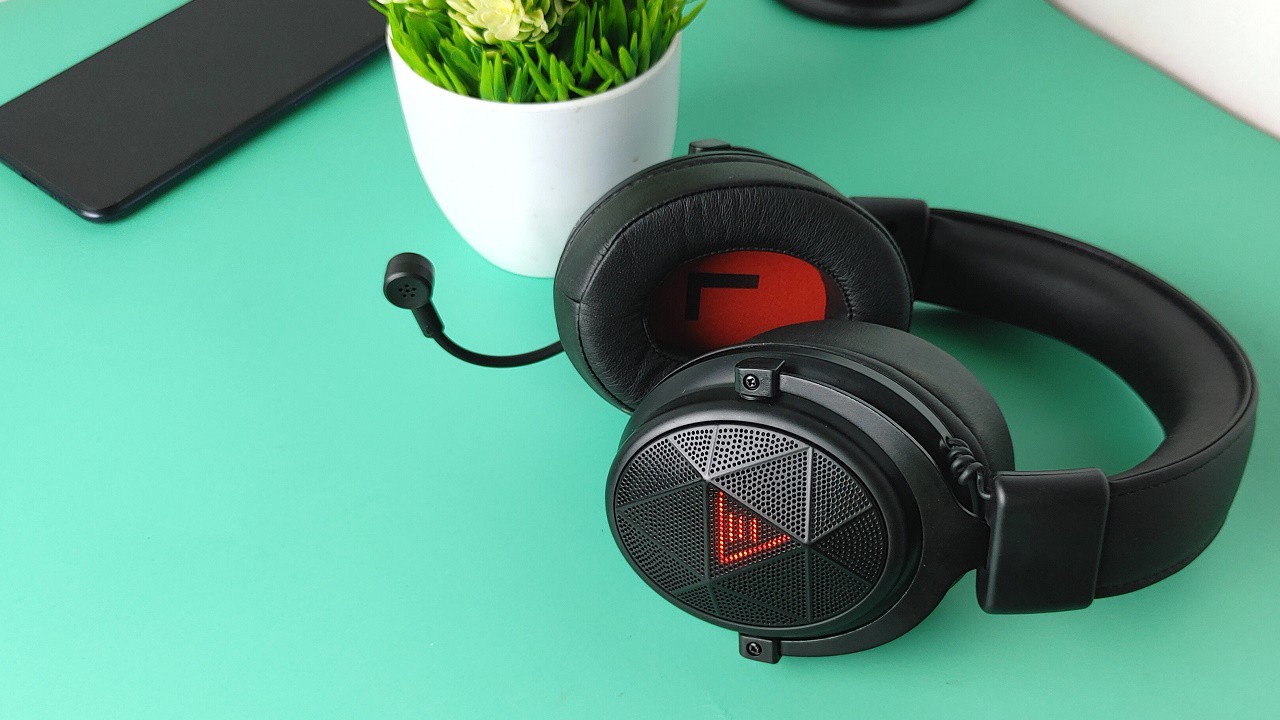
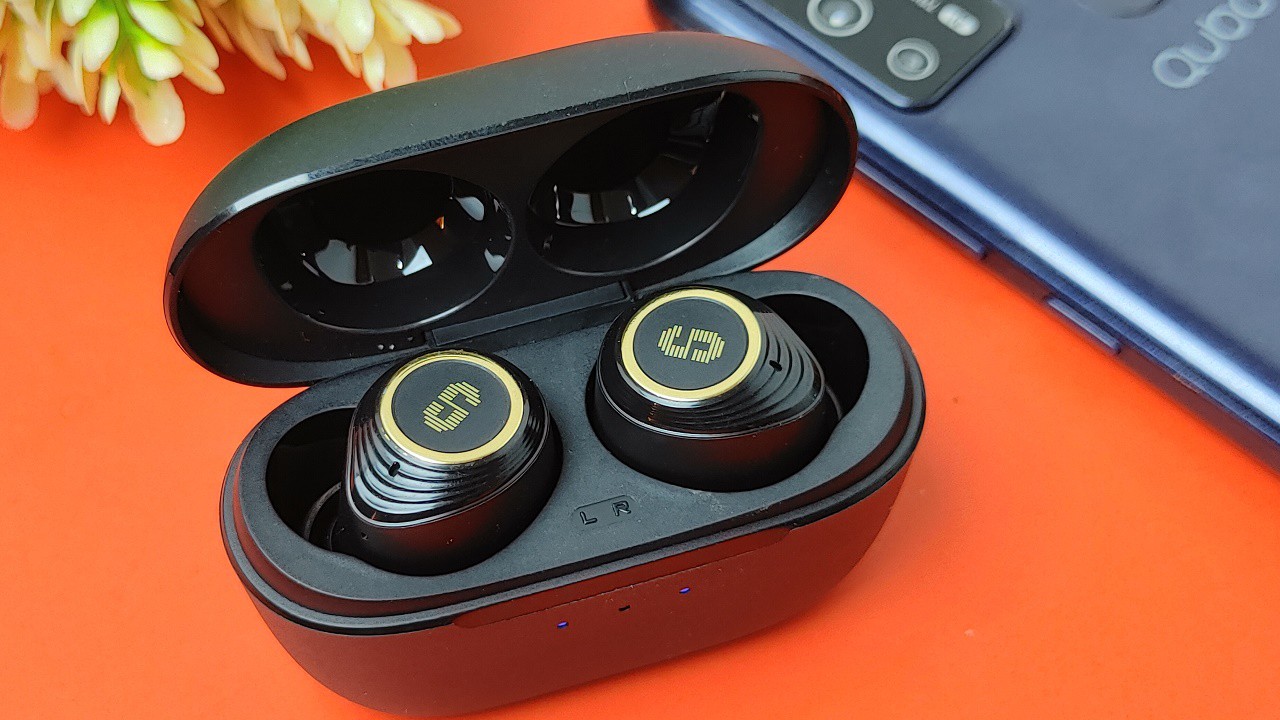
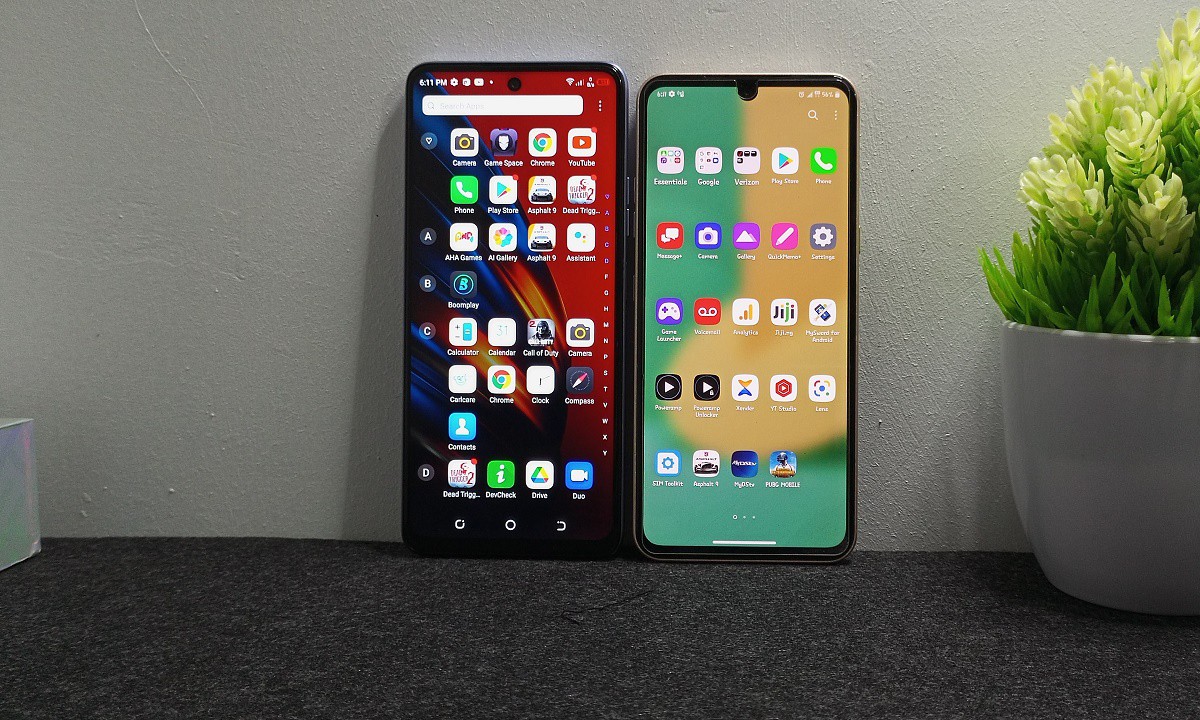

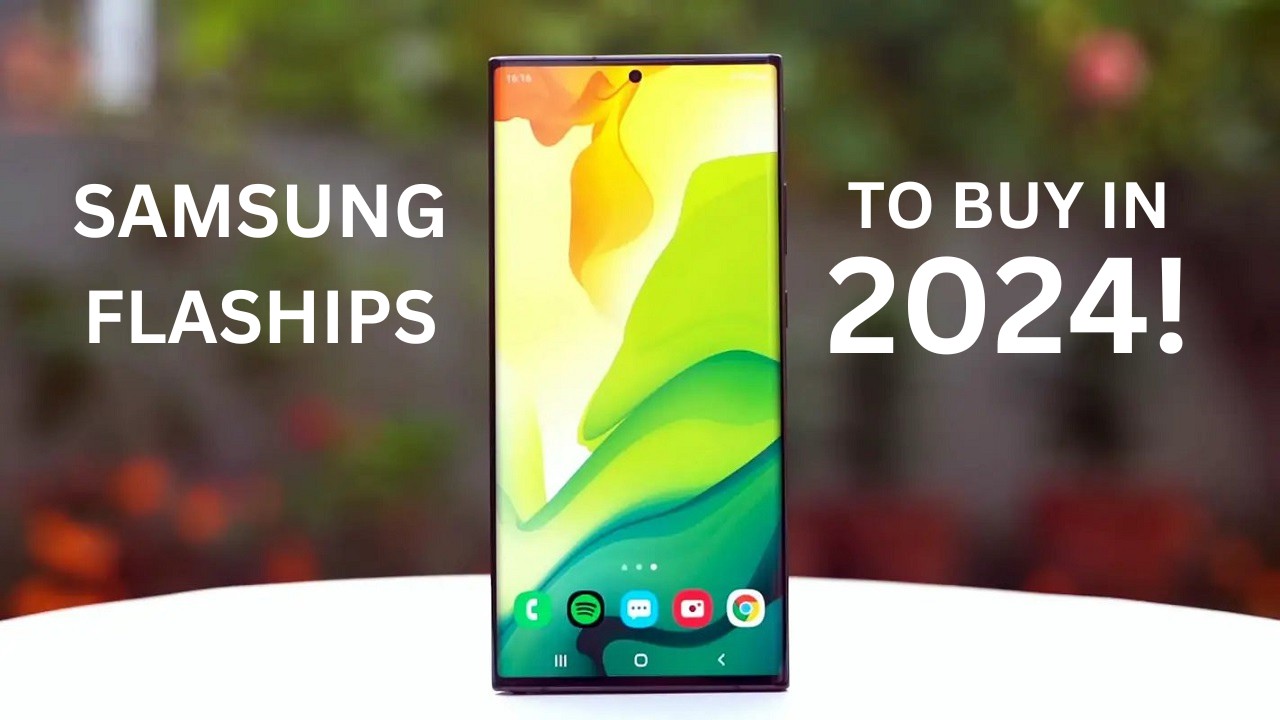
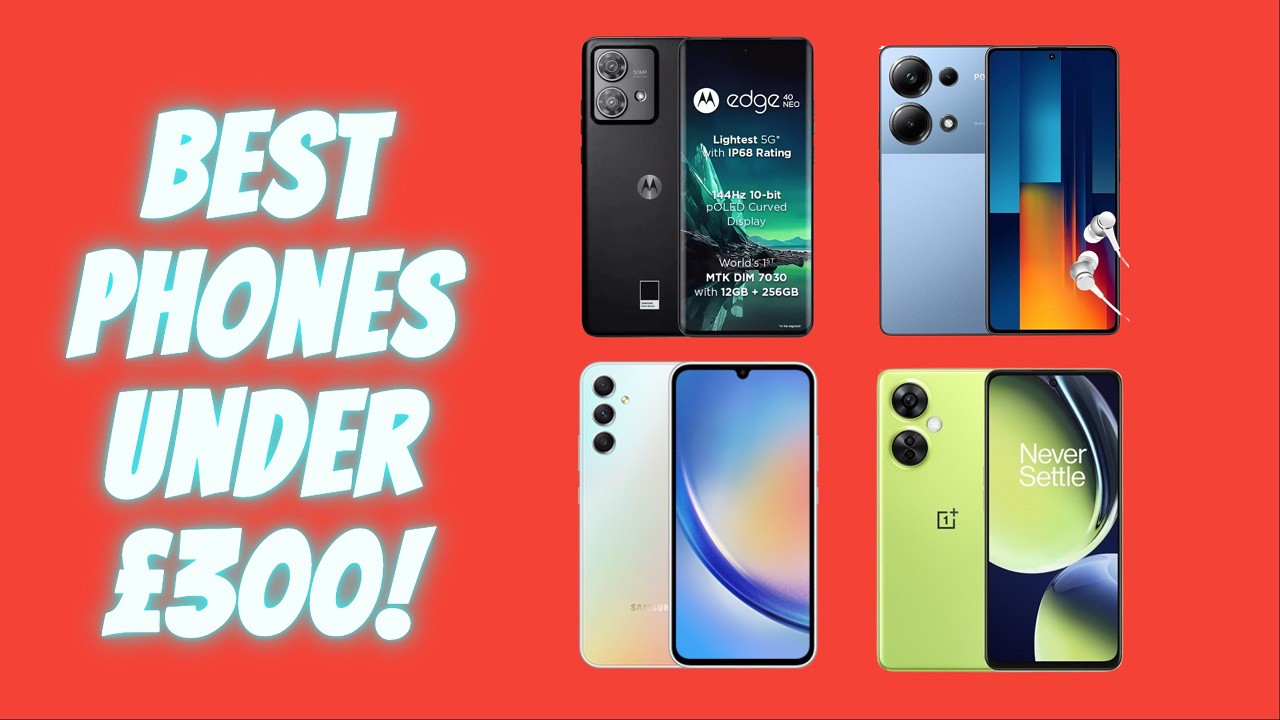

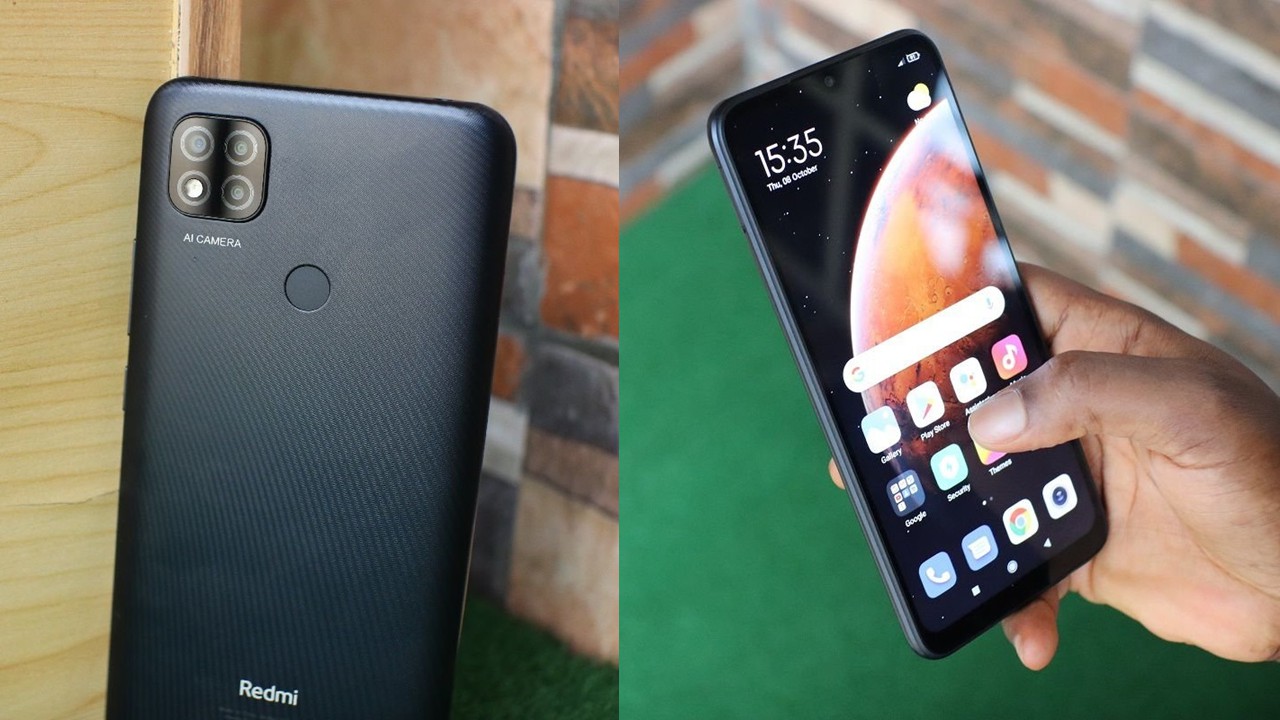
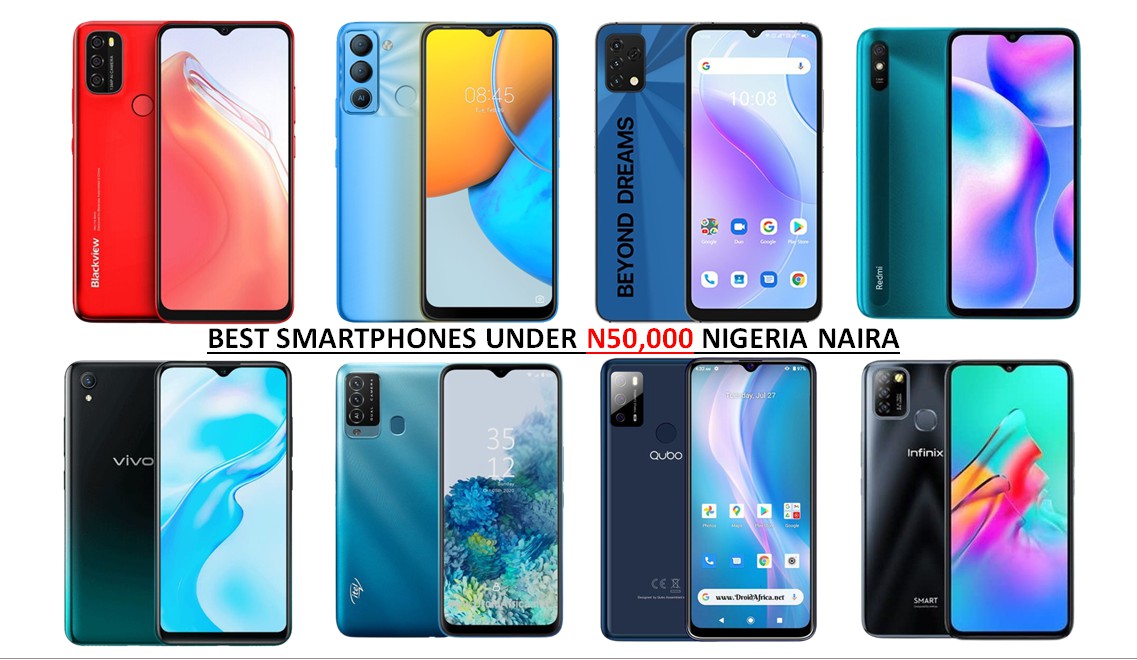
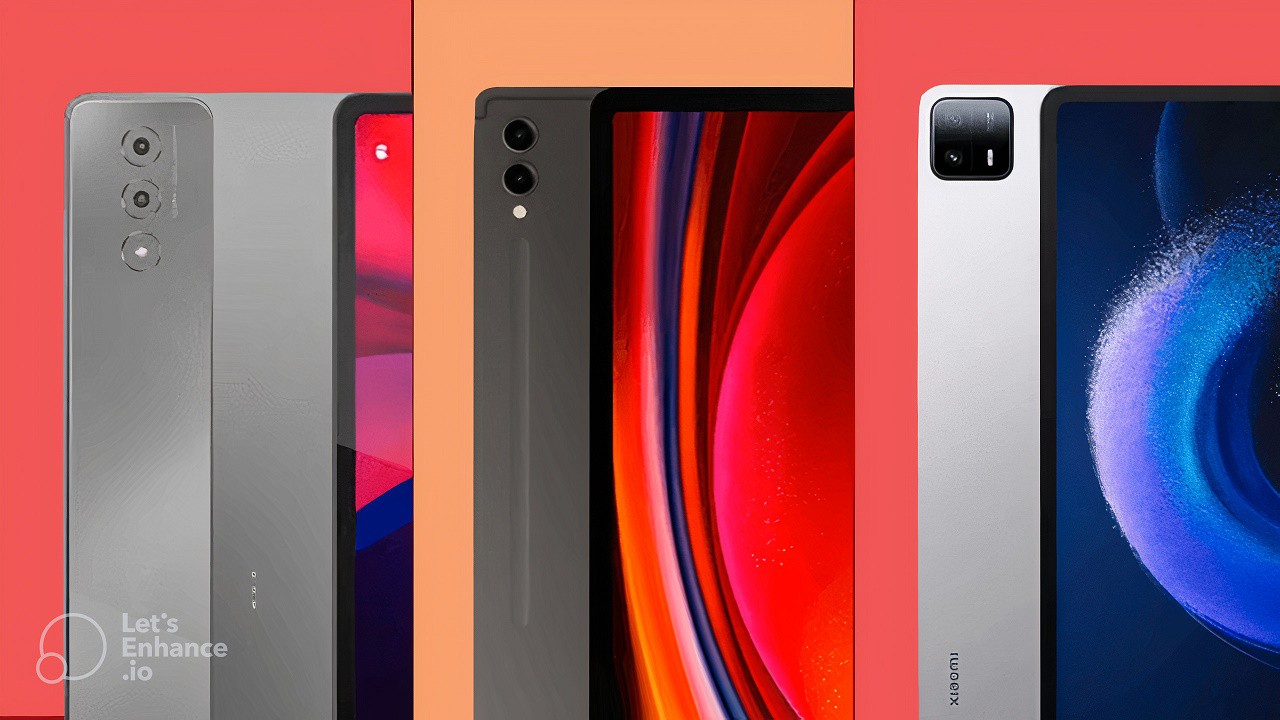
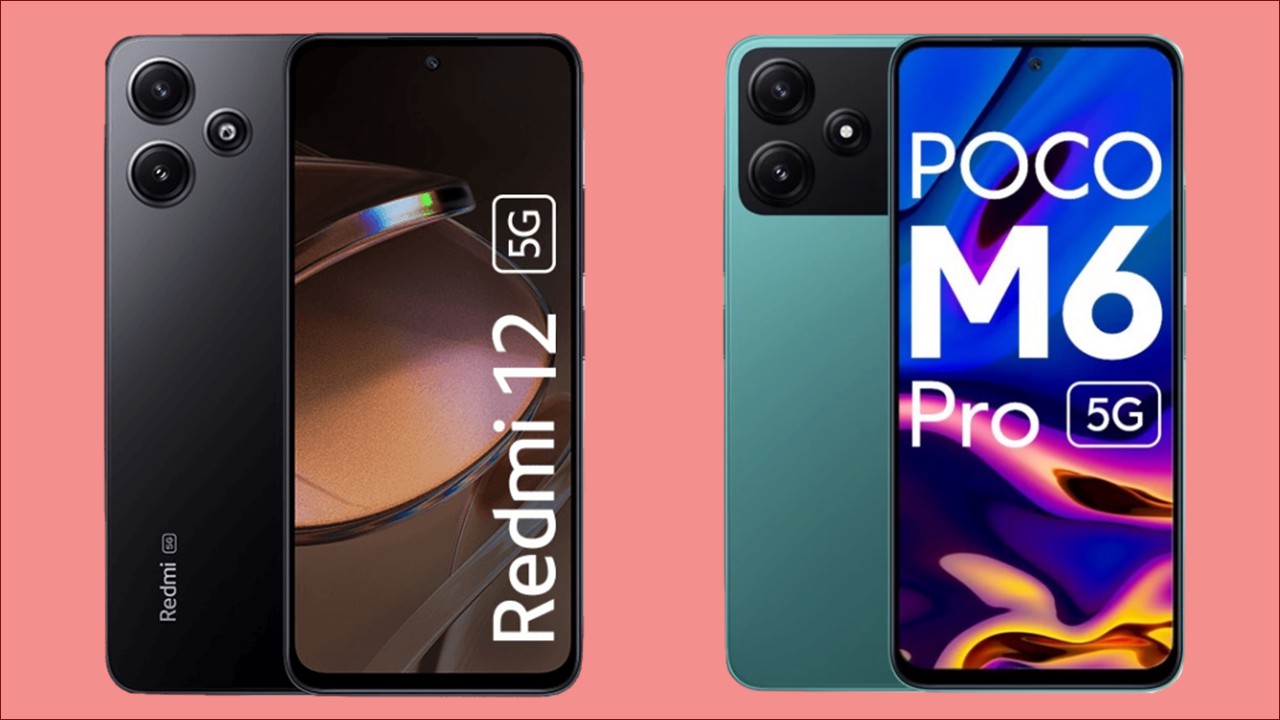
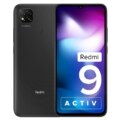
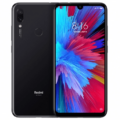
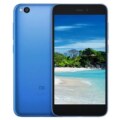
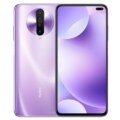
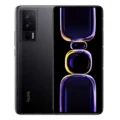


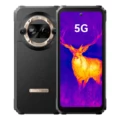
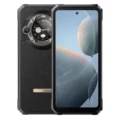
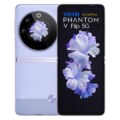
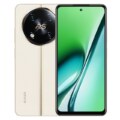
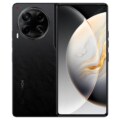

Leave a Reply